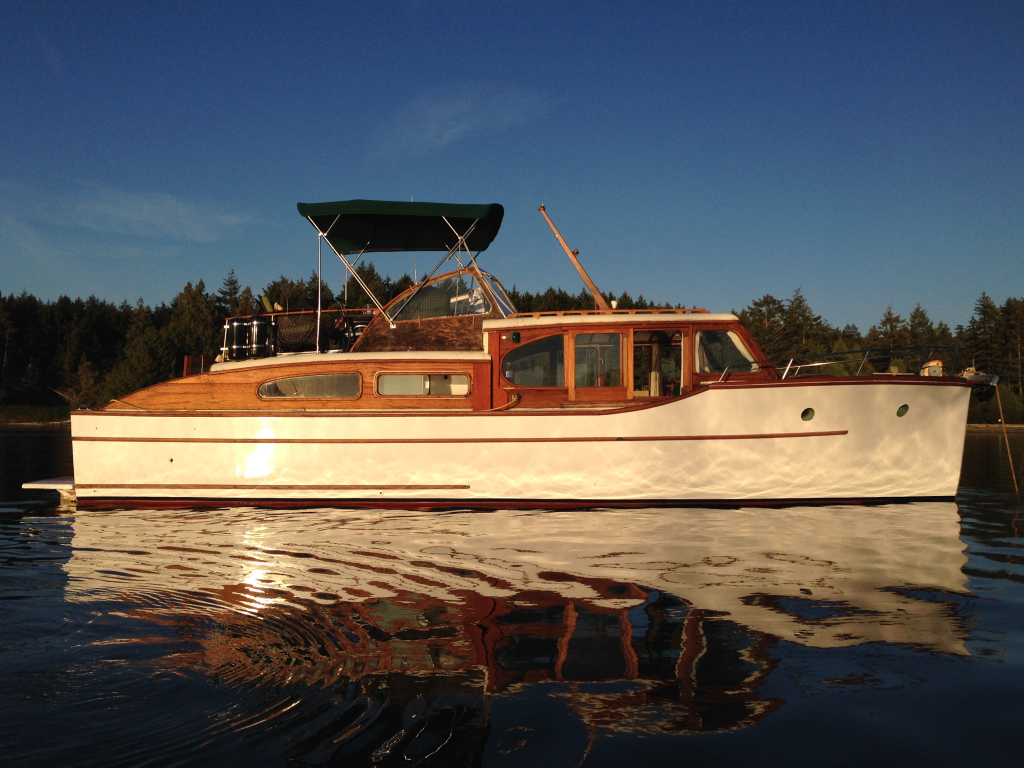Peter Knowles
Member
- Joined
- Nov 6, 2016
- Messages
- 12
- Location
- Canada
- Vessel Name
- Geordie
- Vessel Make
- 1953 38' Monk Tricabin
Hello all, my name is Peter Knowles and I'd like to introduce myself.
I'm a lifelong boater, sailed since a young lad. Now restoring and living aboard a 1953 38' Monk cruiser in Victoria BC.
I have ambitious cruising plans for the PNW and then possibly an overland ride to the Great Lakes and a few loops around America's Great Loop.
It seems passagemaking in wooden boats is a thing of the past, but I'm the sort of fellow to endure the perils.
I hope to be an active participant here in time.
Best Cheers
Peter

I'm a lifelong boater, sailed since a young lad. Now restoring and living aboard a 1953 38' Monk cruiser in Victoria BC.
I have ambitious cruising plans for the PNW and then possibly an overland ride to the Great Lakes and a few loops around America's Great Loop.
It seems passagemaking in wooden boats is a thing of the past, but I'm the sort of fellow to endure the perils.
I hope to be an active participant here in time.
Best Cheers
Peter



